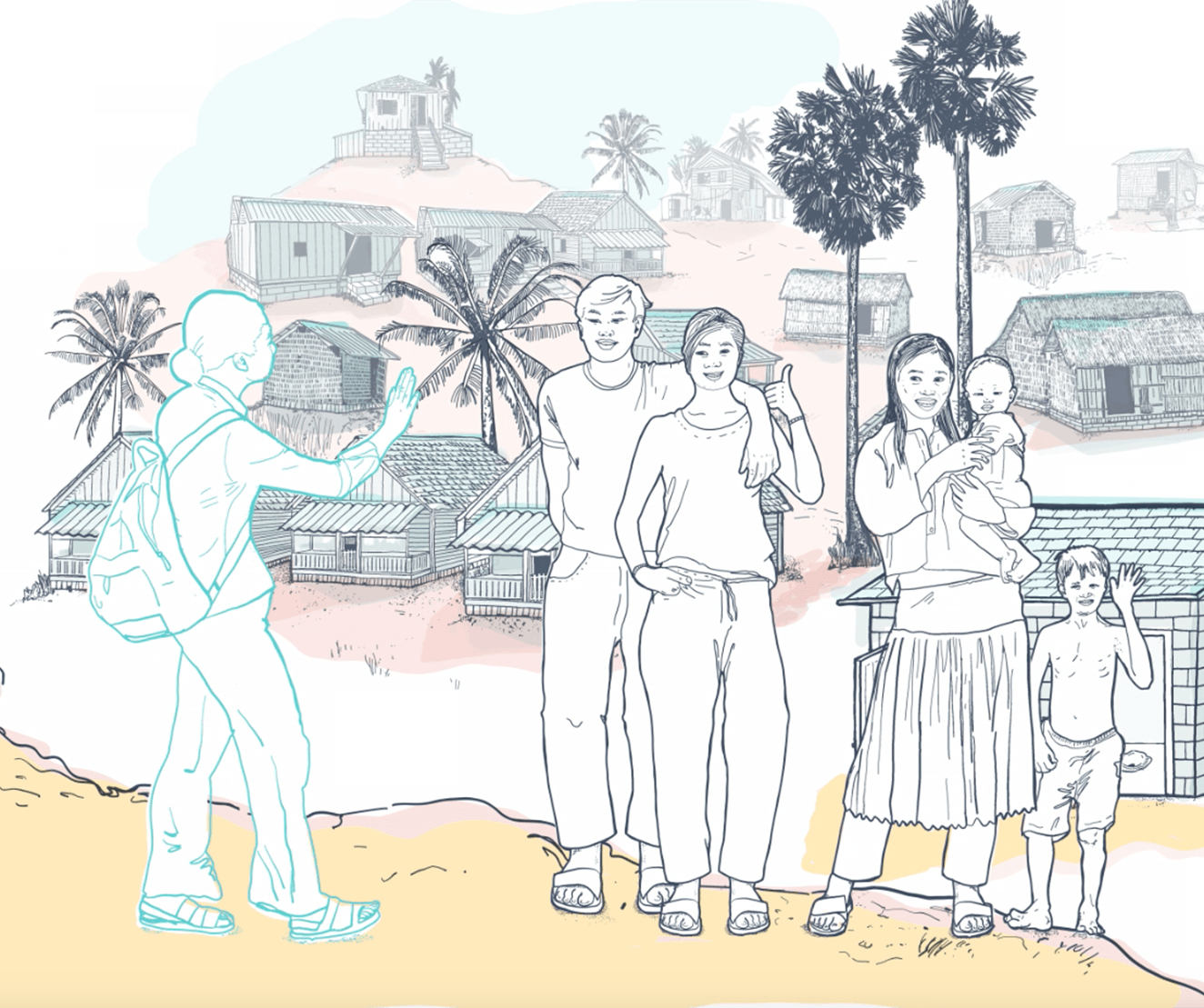This article focuses on research in Pune (Maharashtra) and Jaipur (Rajasthan). It offers evidence of slum-dwelling women’s experiences of harassment and violence related to poor/absent sanitation facilities. The authors find that sanitation-related violence shows the connections between slum geographies and unequal intra-slum relationships of gender, caste, economic and marital status, and the sanitation facilities available. The strategies that women adopt to minimise risk and stress are explored. While sanitation is inadequate and inappropriate for women’s needs across castes, community cohesion and the chances of collective action and advocacy to address sanitation needs are also compromised by tensions between groups in the slum.
Who might find this resource useful and why?
Who: researchers, policy makers, urban planners, rights holder organisations, WASH programme teams.
Why: Lack of household toilet facilities can adversely affect the safety of women and girls by requiring them to leave their households to defecate alone and at night, leaving them vulnerable to violence. Sanitation programmes and policies often fail to focus on sanitation-related violence against women. This paper provide insights into what the absence of sanitation means for women and girls living in poverty in urban India. The research captures the stories of slum-dwelling women of violence and harassment and vulnerabilities due to inadequate provision and maintenance of public and community sanitation and open defecation sites based on observation of real life. The article reveals the multitude of coping mechanisms that women have adopted to minimise risk and psychosocial stresses within a context of complex inequalities including gender, class, caste/ethnic/religious, and economic inequalities.








